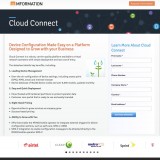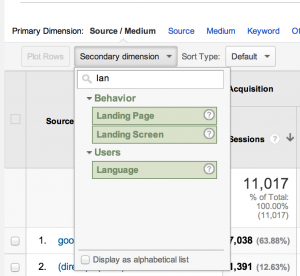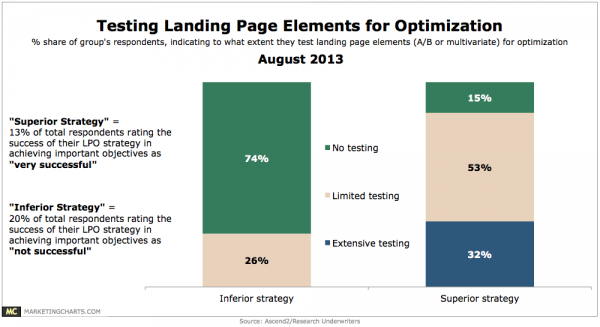
 Landing pages are those areas of a website where visitors arrive after clicking an ad, a social post, a referral, or a search listing. There are typically many pages on a website that acts as natural landing pages in that visitors "land" there first--and bypass the homepage. A website will have many natural landing pages, but marketers work hard to create highly effective landing pages to drive leads into a sales funnel. Highly specialized landing pages act as lead capture pages.
Landing pages are those areas of a website where visitors arrive after clicking an ad, a social post, a referral, or a search listing. There are typically many pages on a website that acts as natural landing pages in that visitors "land" there first--and bypass the homepage. A website will have many natural landing pages, but marketers work hard to create highly effective landing pages to drive leads into a sales funnel. Highly specialized landing pages act as lead capture pages.
The purpose of a website landing page is not just to drive traffic and visibility for a brand. These effective landing pages have a transactional purpose.
55%: Increase in conversion when keeping relevant, focused, important information on single page. (Hubspot)
Effective landing pages are transactional landing pages.
Not all landing pages are effective. The effectiveness of a landing page is determined by its conversion rate or engagement rate.
Effective landing pages are free of distractions. They typically have a singular focus or value proposition--a single compelling reason to be a cause for conversion. They provide enough information to attract and convert a prospect but not too much information to cause for a prospect to feel overwhelmed, distracted, or confused.
Effective landing pages also contain lead capture forms. Visitors should not have to click to other pages to understand the value proposition and feel enticed to fill out the form.
Companies with 30 or more landing pages generate 7x more leads than those with fewer than 10. (HubSpot)
Using Google Analytics, marketers can discover existing (natural) landing pages within a website. It's a good practice to continually monitor these first impressions and make refinements to these pages. Using Google Analytics, go to "All Traffic" and select "Land Pages" under "Behavior." This will give you a filtered list of your top landing pages based on total traffic. This does not imply that these pages are effective landing pages. Many of these natural "landing pages" need to be converted and redesigned.

According to Marketing Sherpa, 44% of clicks for B2B organizations are guided to a website homepage, not a landing page. This phenomenon is a problem.
Testing and iteration are critical processes for gaining a return on investment for marketing with landing pages. Many landing page elements can affect a prospect's decision to convert, including title, design, value proposition, supplementary content, the structure of the page, responsiveness, form questions, and the offer.
The following graph is taken from MarketingCharts.com based on an Ascend2 report (in partnership with Research Underwriters) on how testing is employed within successful and unsuccessful landing page strategies. One outcome of the study showed how "very successful" landing pages used more limited to extensive testing than "not successful" landing pages.

Further reading: Tips for B2B landing pages and how to improve website conversion rates
by Jonathan Franchell, CEO of Ironpaper - For more tips and hacks: Need to remove a new line after h1 tags? Both web designers and SEO practitioners need to employ headline tags: H1, H2, H3 in several ways to improve web page structure and tag...

The Crowded Arena of the IT Marketplace Updated December 2024 The Information Technology (IT) landscape is experiencing rapid growth and intensifying competition. IT spending is projected to reach nearly 5.1 trillion U.S. dollars in 2024, a...

Updated December, 2024 The field of digital marketing is evolving rapidly in response to new technology and changing buyer expectations. To help career-minded marketers, we’ve rounded up the top 10 skills needed to succeed in the field. These are...

The marketing industry is transforming significantly due to generative AI and increasing market complexity. Gartner's prediction of a 25% decline in traditional search traffic suggests that the era of search engines is dying. AI tools, particularly...
